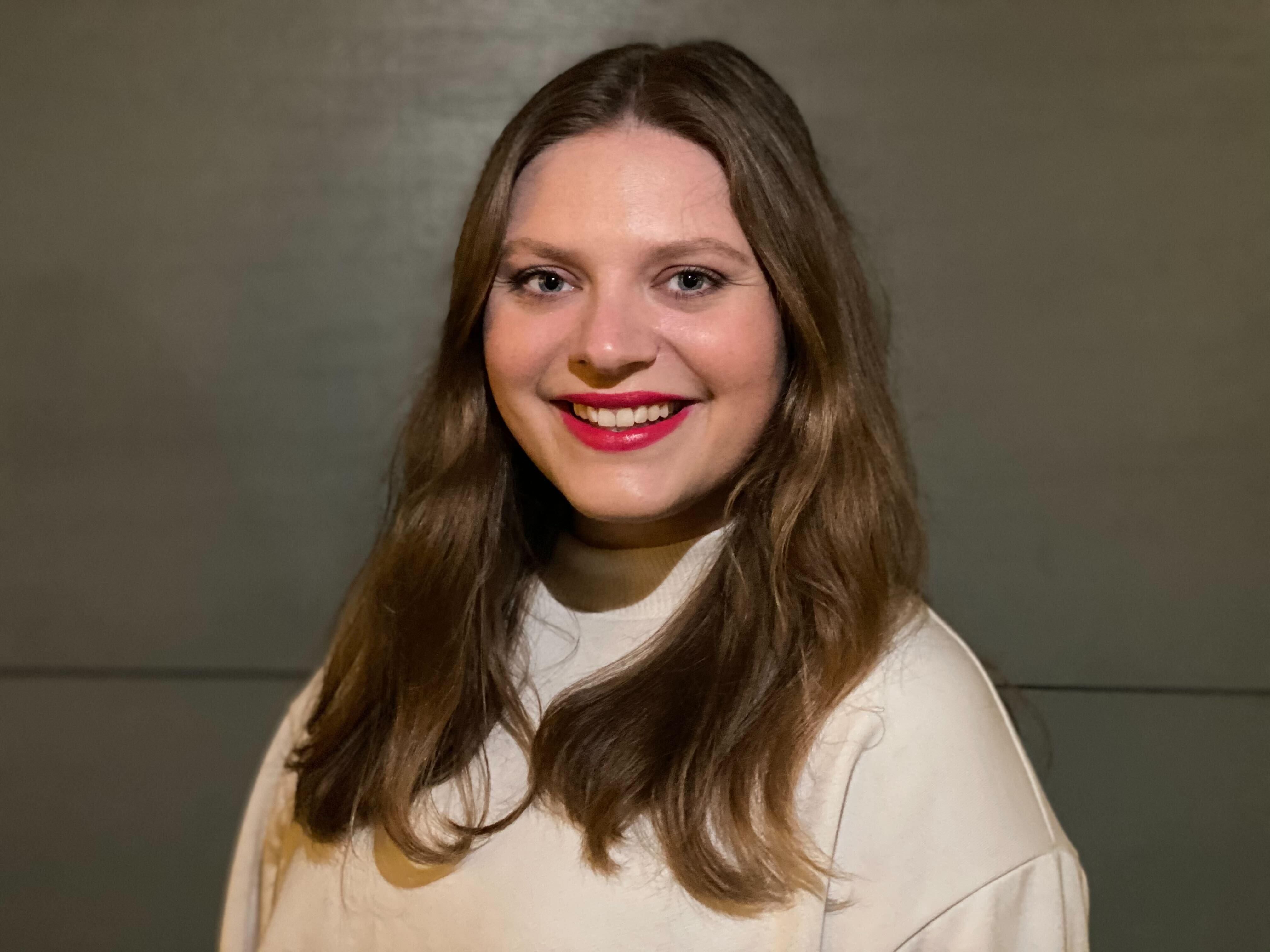Addressing the problem of scalability in quantum computing systems has become increasingly more relevant and of utmost importance to achieving quantum advantage. Adopting a modular approach using photonic interconnects between quantum processors is necessary to achieve large-scale quantum networks for most platforms. The major bottleneck in this approach is creating an efficient, high-fidelity interface between the quantum memory and the photon. By using time-bin encoded photons, we achieve high-fidelity entanglement between remotely trapped atomic qubits with a clear pathway to > 99% fidelity. The use of time-bin encoding also provides native access to a higher-dimensional Hilbert space, allowing us to surpass the conventional Bell-state measurement success fraction. We herald maximally-entangled Bell states across pairs of atomic “qudit” levels up to d=4. In addition, quantum error correction, which requires costly mid-circuit measurements, will be necessary for running longer, deeper circuits at high fidelities. To address the problem of invasive mid-circuit operations in trapped ion systems, we demonstrate a novel scheme for mid-circuit measurement and reset (MCMR) by applying all operations to the read-out qubit instead of the data qubit. This scheme provides both spectral and spatial isolation and introduces little overhead by using narrow atomic transitions and tightly-focused laser beams that are already in place for gate operations
High-fidelity photonic interconnects and a non-invasive mid-circuit measurement scheme with trapped ions
By Isabella Goetting, Duke University

- Event Type: Seminar
- Date and Time: 06/13/2025 1:00 pm - 06/13/2025 2:00 pm
- Location: Willamette 240D
Special Day and Time
